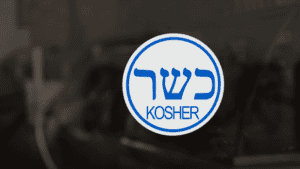Last Updated on June 26, 2023 by Packoi Team
But there are also many reasons why you should choose one over the other.
The question is, which of the two of the ideal packaging solution for you?
In this article, you’ll learn more about these two packaging options. You’ll get crucial insight into their similarities and differences to make informed choices that’ll satisfy your packaging needs.
What Is a Folding Carton?
This is one of the most popular types of product packaging. Think of a cereal box. That’s the perfect example of a folding carton.

Folding cartons come in many styles, all of which are cost-effective and easy to produce. It’s made of thick paper, which comes from renewable sources. Using folding cartons will help you stick to your eco-friendly values.
Of course, you’ll have to choose the proper folding carton manufacturing company to ensure they get their paperboards from suitable sources.
Also known as folding boxes, these are made to be easily collapsible and lightweight. That means they come to you as flat cartons that can quickly be shipped and stored. With no assembly happening on the manufacturer’s side, you can expect them to have your boxes produced and delivered quickly.
In addition to these advantages, designing folding cartons is relatively simple. It won’t be a problem for manufacturers to implement your preferred designs.
Folding cartons routinely print designs directly to the box surface – reducing the need for multiple materials to get the design that you want.
What Is a Rigid Box?
Rigid boxes generally come as set-up boxes. Unlike folding cartons, they are already formed into a box and delivered ready to be used.
A rigid box is made of different layers. Think of it as something similar to corrugated boxes – but they have an additional layer of foam and wrapping of leather or paper. It’s like a reinforced corrugated box.
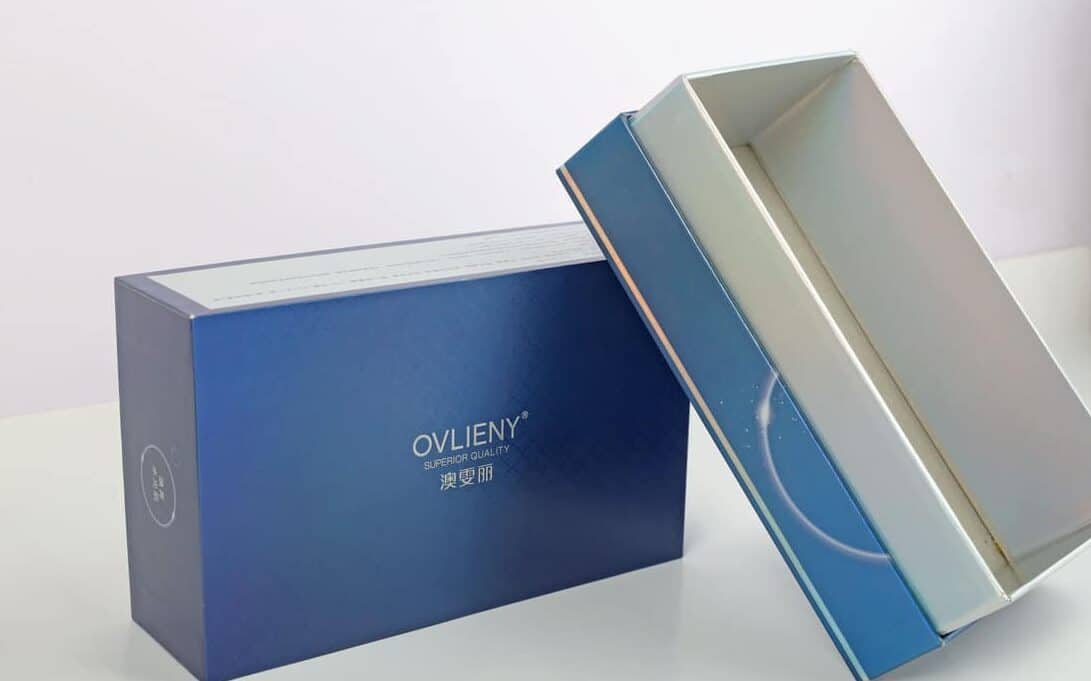
This makes a rigid box durable and sturdy enough to allow multiple uses.
While the different layers make these boxes excessive, it’s still very sustainable. The layers give the boxes strength. That means people have the option to reuse it. This helps minimize packaging waste.
Using rigid boxes is a great idea if you have a luxury brand. The material of the box looks premium enough to elevate the value of your product. It allows you to set a higher price so your business earns a higher profit margin per transaction. This will make up for the fact that rigid boxes are more expensive than folding cartons.
Similarities of Folding Cartons and Rigid Boxes
Before understanding the differences between rigid boxes and folding cartons, let’s look at their similarities first.
- Fully customizable. Both of these boxes are versatile enough to take on any design or theme. You can print the design that you want for the folding carton directly. For rigid boxes, you need a separate paper to print on. The printed paper will then be wrapped on the corrugated board that serves as the center of the rigid box.
- Accommodates embossing and foil stamping. If you prefer to put high-quality printing and techniques, both of these boxes are suitable for these. You can incorporate these techniques, whether embossed or foil stamping, in your design.
- Potential to be sustainable. Another similarity between the two boxes is they can both be eco-friendly. These boxes can use paper-based materials that come from renewable sources. Rigid boxes are reusable, while folding boxes are lightweight and thus have a smaller carbon footprint.
Differences between Folding Cartons and Rigid Boxes
Understanding the differences between the two boxes will allow you to determine which will suit your packaging needs.
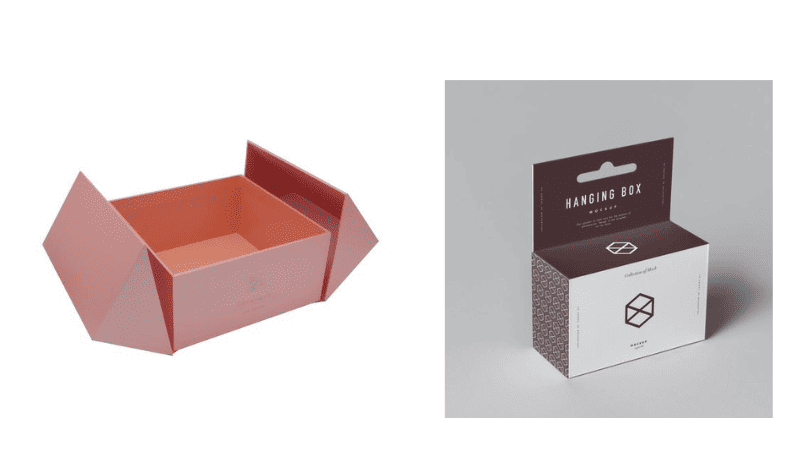
These differences are sometimes subtle. While there are also big ones that’ll help make your decision easier to make.
Before you dwell on the list, ensure you know your packaging requirements. Focus on the product, your brand, and what your customers expect from the unboxing experience. Once you have a firm grasp of what these are, take a look at how rigid boxes and folding cartons differ.
Materials
As we defined both boxes, you may have noticed that they use different materials. While they are paper-based and taken from trees, they have significant differences.
Rigid boxes are like corrugated boxes. It uses corrugated cardboard material that has three layers. This alone is already sturdy. But these aren’t just corrugated boxes. Manufacturers add extra layers to the corrugated box. It includes foam and another flat material – like paper or leather.
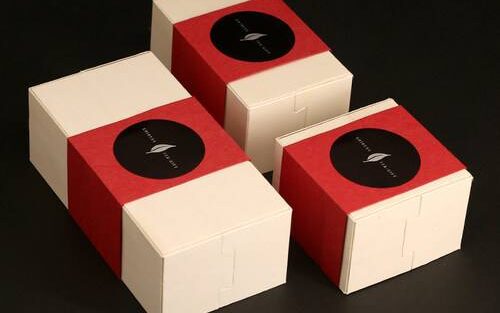
On the other hand, folding cartons only use cardboard – a thick and flat paperboard. It’s just one layer – unlike corrugated boxes with three layers. This is why printing designs on the box’s surface is easier. It’s thin enough to go through printing machines.
Value
Another difference between the two is the value.
Rigid boxes have a higher perceived product value. It’s not just about the price of manufacturing the box. After all, the layers of the box will naturally make it more expensive. But apart from that, when people see these boxes, they think of premium items. The box itself looks premium. So when it’s associated with your products, it will make them look expensive and more valuable as well. This is probably why more luxurious items or even gift boxes use rigid materials.
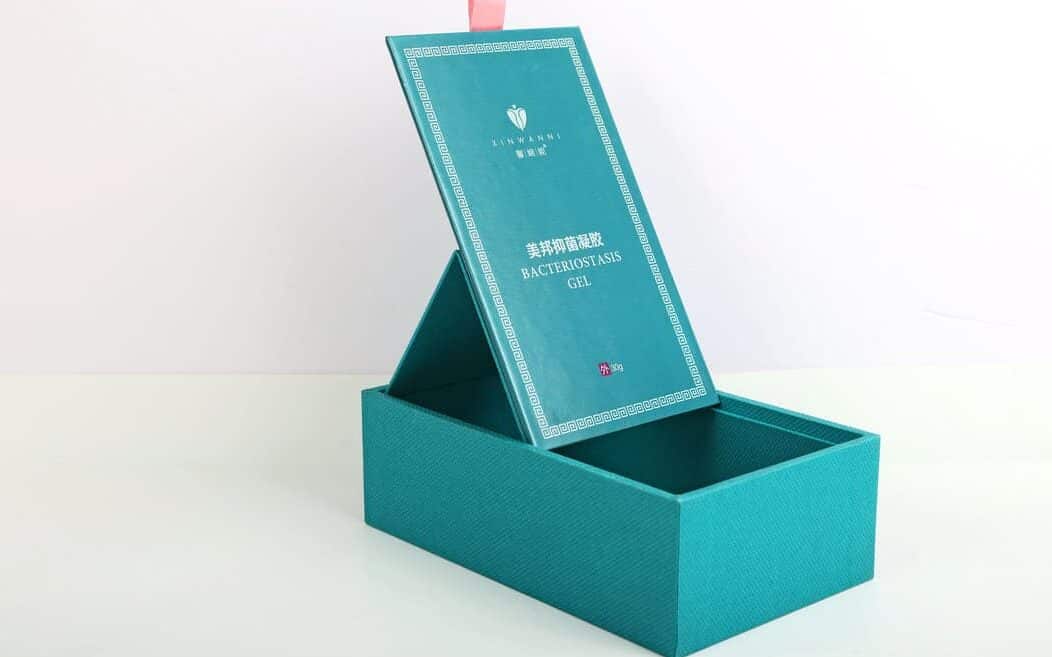
This doesn’t mean folding cartons look cheap in comparison. There are ways to make these cartons look expensive, like making them look black or using metallic designs. But increasing the box’s value will be harder than the more rigid packaging option.
Production
Due to the difference in construction, rigid boxes and folding cartons have different production processes.
For instance, a printed rigid box will require a separate wrapping paper. Unlike a folding box, printing is applied directly to the paperboard.
What does this mean?
It means the rigid packaging will take longer to manufacture. The production process will be longer, not to mention the fact that there are more materials to gather.
A folding carton is faster to produce and will allow you to launch your products earlier.

Durability
Corrugated boxes are generally more durable compared to other types of boxes. That already puts rigid boxes ahead of folding cartons with only one layer of cardboard.
But that’s not all. A rigid box is more enhanced than typical corrugated boxes. Foam and wrapper paper, leather, or fabric are also added. This makes it even more durable compared to other packaging types.
So if you have a fragile product that you need to protect, don’t just go for a folding box. You need something stronger – a rigid box.
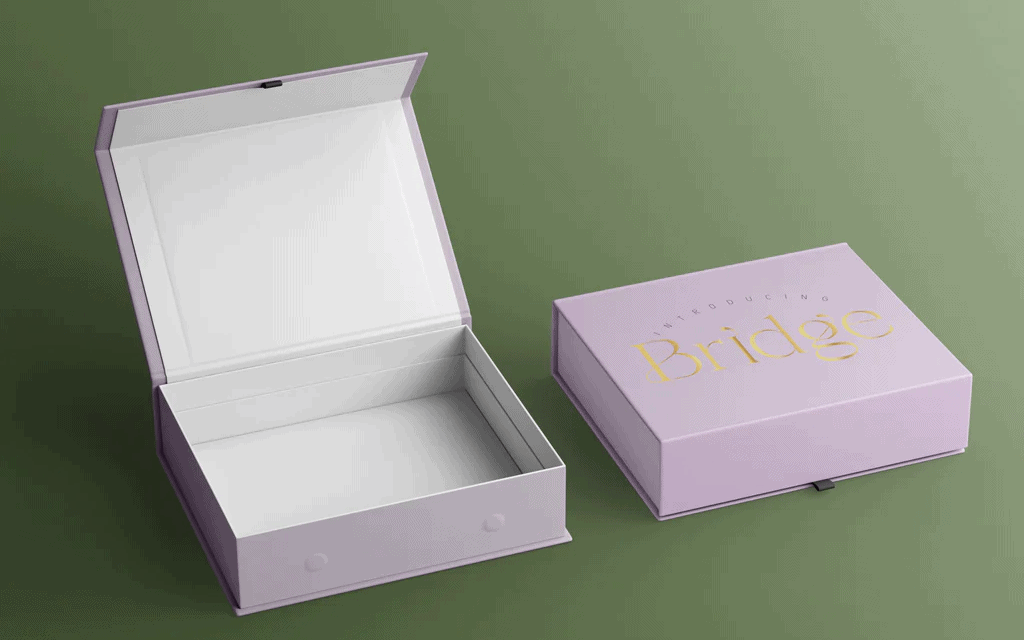
Cost Considerations Between Rigid Boxes and Folding Cartons
Apart from the discussed differences, several cost implications define the difference.
Here are the things you have to consider.
- Tooling costs. When you’re buying any box type, you’ll have to pay tooling costs. This will affect the unit price of the boxes that you order in the packaging industry. If you decide to change your design, this cost will change. If you want to save costs, rigid boxes provide more flexibility and lower costs every time you have to change the packaging of your product.
- Shipping costs. Folding cartons are shipped flat. The rigid box is already assembled before it’s shipped out. That means delivering a folding carton will be cheaper in comparison.
- Storage fees. Storing a rigid carton is more costly compared to the ones that can be folded. It takes up more space. That means you can’t order much – lest you have to rent a bigger space for your warehouse. That’ll cost you more.
- Damages product losses. When it comes to product protection, the rigid box is more than able to keep damages from happening. Of course, packing the product correctly is still a must. So don’t lose hope when it comes to folding boxes.
- Labor fees. Since rigid boxes are already set up before they arrive, there’s no need to pay labor fees to assemble them. This isn’t the case for folding cartons that requires assembly before they can be used.
What Will You Choose Between Folding Cartons and Rigid Boxes? Packoi Printing Can Show Samples to Help You Make a Decision.
Now that you understand what makes a rigid box different from a folding carton, you should know which of the two suits your needs.
Whatever you decide, ensure the box brings justice to your brand and product. It should also be something that your customers expect from you.
If you need help figuring out which box to choose, get expert help. Packoi Printing is here to be of assistance.
We have years of experience creating, designing, and manufacturing packaging materials.
Get in touch with us with your ideas. We’ll get back to you with a fair quotation soon.





